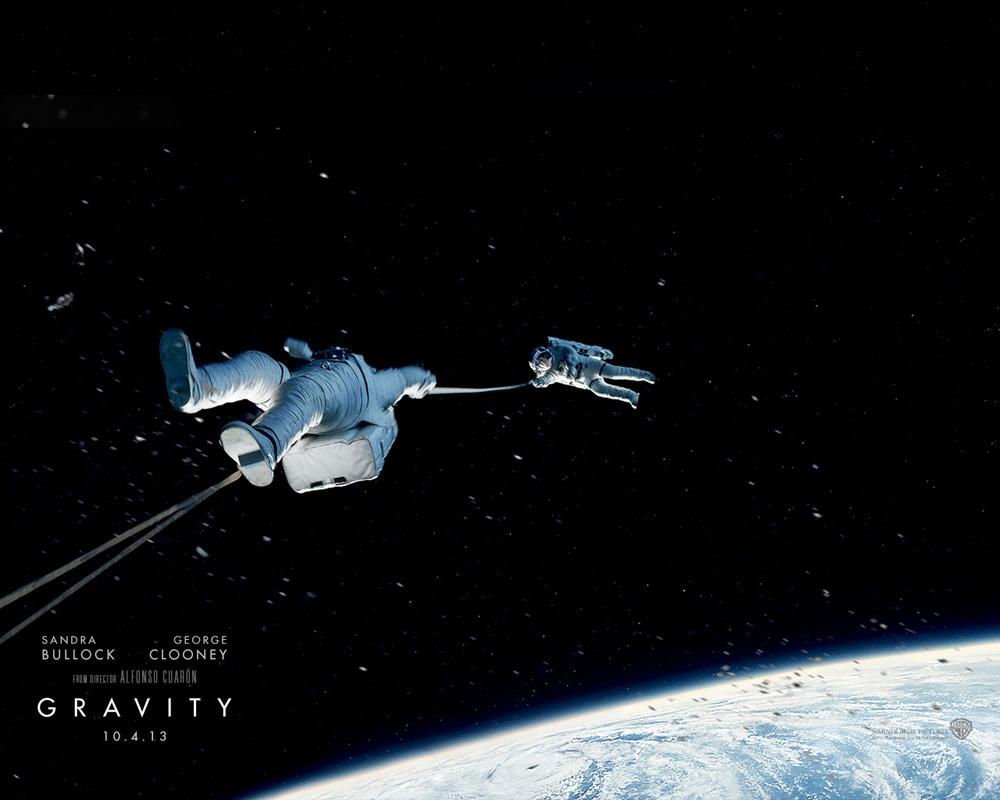The film “Gravity” by Alfonso Cuaron is a triumph of modern storytelling and cinematography that is as essentially captivating as it is technologically impressive. Starring Sandra Bullock and George Clooney, “Gravity” tells the tale of two astronauts who are forced to deal with the catastrophic consequences of a mistake of astronomical proportions — literally.
Cuaron, who is known mainly for the critically hailed “Children of Men,” continues his trend of continuous-shot filmmaking that he established earlier in his career. A continuous shot is a movie shot wherein the camera never breaks the scene or goes to black — there are no cuts. Approximately the first 20 minutes of “Gravity” is composed of one large continuous shot that dramatically amplifies the tension. As there is no break from the camera at any point during the highly tense opening section of the film, the viewer in the audience feels no reprieve either. Cuaron’s use of the continuous shot is a masterfully executed means of creating tension.
Bullock, who is the unquestioned star of the film, shines in her role of rookie astronaut who must directly face the dangers of space in the absence of the typical deus ex machinas that survival movies tend to rely on. Bullock is truly the only individual in the film from whom salvation can be granted. Because of this fact, “Gravity” stands out as a triumphantly feminist work.
The horror and survival genre is typically dominated by male stars, though there is no logical reason (aside from that of male chauvinism) for this to be the case. Bullock succeeds magnificently in her survival role, and most importantly, the movie, as well as its characters, never make mention of her gender. She embarks on a quest for survival not because she is a female or because she is not a male, but because she is simply a human attempting to survive.
One of the other more impressive aspects of “Gravity” lies within its respect for space and the Newtonian system of physics on which the lives of astronauts depend. It is common for movies that are set in space to ignore the vagaries of Newtonian physics in favor of making an easily presentable spectacle. “Star Wars,” for example, is particular guilty of this scientific sin.
“Gravity,” however, uses simple expressions of Newton’s laws of motion in order for the plot to carry forward. Science, instead of being viewed as a hindrance, is used by the survivor as a means to an end. It is entertaining and educational!
While it is possible that I could write a several page review detailing why “Gravity” affected me so strongly, it is not possible to accomplish that task without spoiling the plot entirely. It is in favor of that fact, then, that I will simply make this statement: “Gravity” is the finest film about space to be created since “Apollo 13.” It is a marvelous expression of the human desire to survive in any condition and it is highly recommended by this reviewer.
So, what are you waiting for? Go see it now. Find a friend (or a science professor) and spend the money to catch this spectacle piece in the theaters. You will not regret your decision.

